Personal Philosophy
Why I Chose to Become a Teacher
I chose to become a teacher, so I could help all students, including those who struggle or fly, feel they are gaining benefit from education.
At the age of eight, I was diagnosed with Dyslexia and
My experiences taught me that everyone can succeed no matter their disabilities if they do not give up and have the appropriate support. I aim to assist all learning disability students that come across my path to receive the support they need. I believe all children can be taught to their full potential when a teacher knows how that child learns, provides multi-sensory educational opportunities and ignites the love for learning. Finally, I want to inspire children to enjoy learning and strive to reach their full potential.
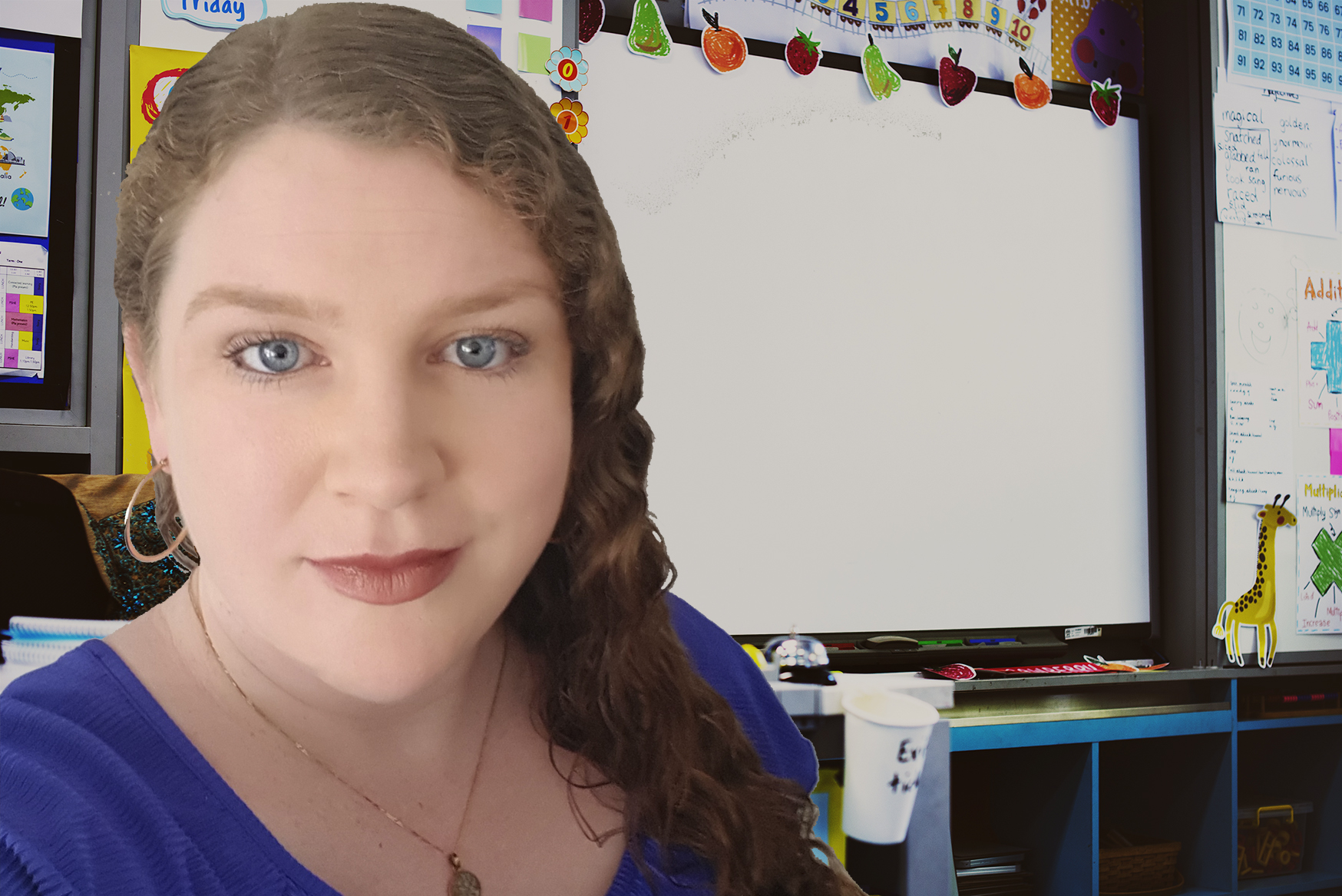

The Nature of Children
I believe that all children want to learn. It is in the nature of a human to want to understand the world we live in. It is the nature of humans to thirst for knowledge. In saying this it is also important to remember a child’s
How Children Learn
Seeing every child is an individual every child learning differently too. Learning is the dynamic and active process of making and constructing meaning. When information is presented to a group, each individual interprets that knowledge in a different way. This is because everyone has different past experiences and therefore have constructed different links between experiences and knowledge from those experiences.
The right hemisphere is regarded as the side of the brain individuals’ use for creativity, emotions, music, and involves subconscious thinking skills; whereas the left hemisphere is generally used for spoken and written language, number and scientific skills and involves conscious thinking skills. Children can be left brain dominant, right brain dominant or bilateral: not dominant on either one side. Depending on the dominant side, children find functions from that hemisphere easier. This matches Howard Gardner’s theory of multiple intelligences: Linguistic Intelligence, Spatial Intelligence, Musical Intelligence, Bodily-Kinesthetic Intelligence, Interpersonal Intelligence, Intrapersonal Intelligence, and Naturalist Intelligence. Moreover there are three primary learning styles: visual, auditory, and kinaesthetic. Everyone has preference to either one or multiple of these learning styles.
This all fit’s Piaget’s theory of cognitive development under the key point that “children organise what they learn from their experiences”.

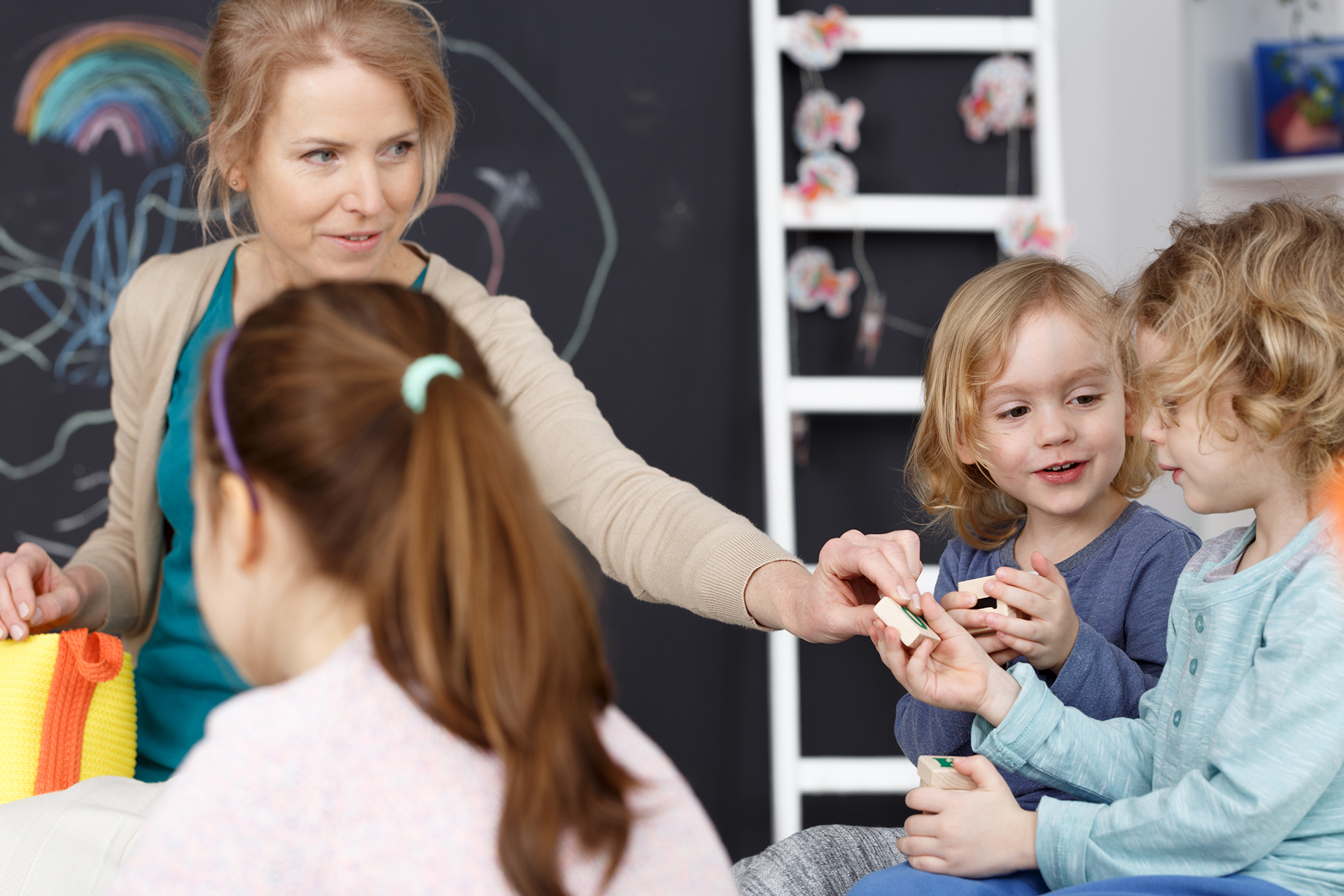
What a Good Teacher is
All teachers want a class of
Role of the Teacher
I have the Reggio Emilia inspired approach to the role of a teacher. The teacher needs to set up experiences from which children can learn. All teachers are role models to the children they teach. It is the role of the teacher to listen and guide the students in their classes. The teacher is a co-learner and collaborator with the student and not just an instructor. Teachers facilitate the child’s learning by planning activities and lessons based on the child’s interests. They ask questions to further the students understanding. Most importantly a teacher actively engages in the activities alongside the child, instead of sitting back and observing the child learning. As
Good teachers inspire children to learn and provide them with an environment in which effective learning can take place. A teacher is not only an educator; they are also friends that encourage students to strive for success. Teachers should educate children about the power of their own mind by teaching them to be positive and to become metacognitive.


The Learning Environment
Again, as in the role of the teacher, I have the Reggio Emilia inspired approach. The environment is the “Third Teacher”. The environment needs to stimulate a child’s imagination in order to encourage learning. Children can best create meaning and make sense of their world through environments which support complex, varied, sustained, and changing relationships between people, the world of experience, ideas and the many ways of expressing ideas.
Behaviour Management
For such an environment it is important for teachers to maintain effective classroom management strategies. They take a middle way approach classroom management. This means that together with the students they make rules and punishments. These classrooms have a class meeting where teachers act as mediator, leading the discussion. For this to work correctly good teachers need to install the three R’s in their classrooms: Respect, Relevance, and Relationships. Moreover, an effective teacher is open minded. They get to know their students well and understand each student is an individual. These teachers do not judge on the first impression and instead develop an understanding of people and events by looking deeper into them.
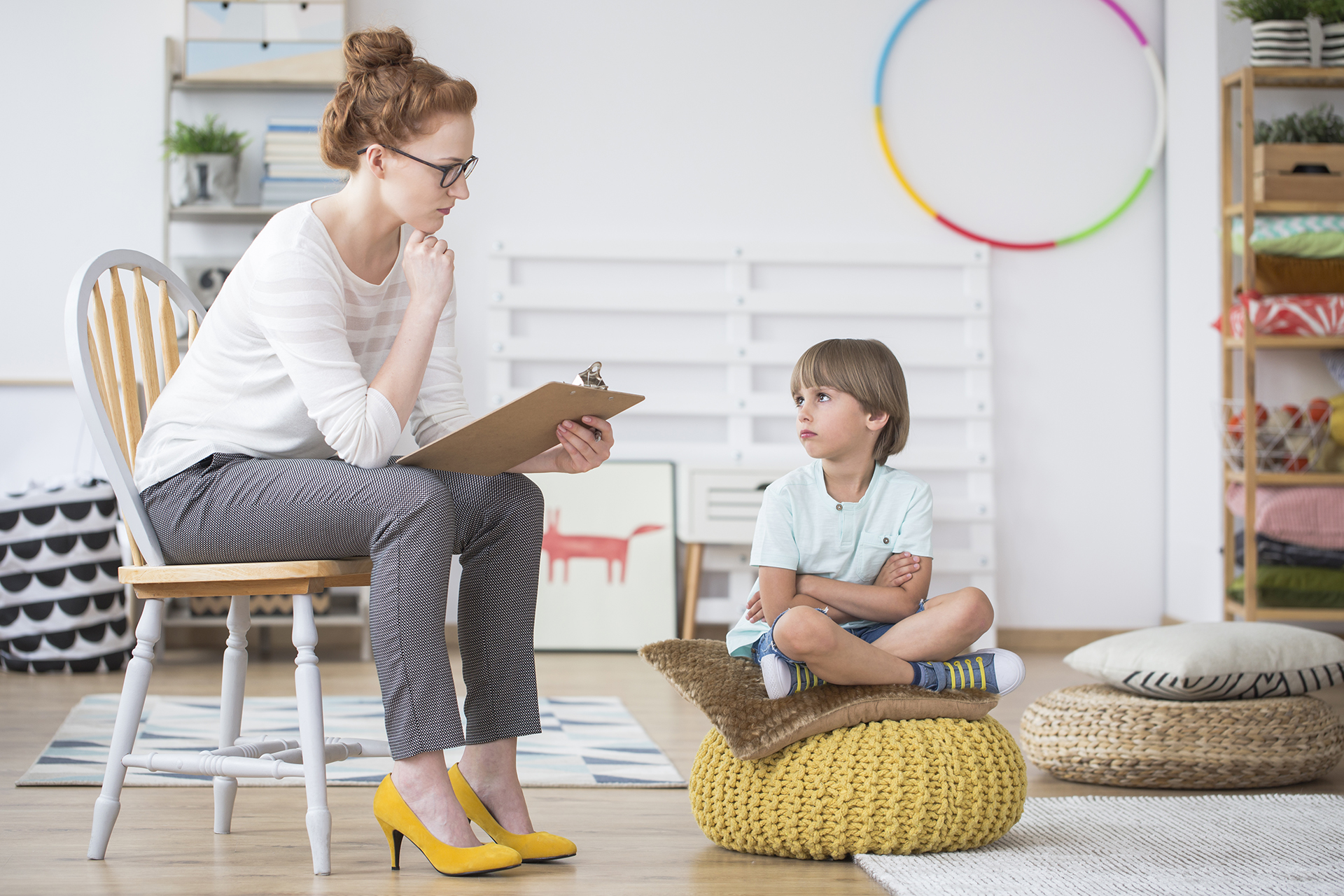
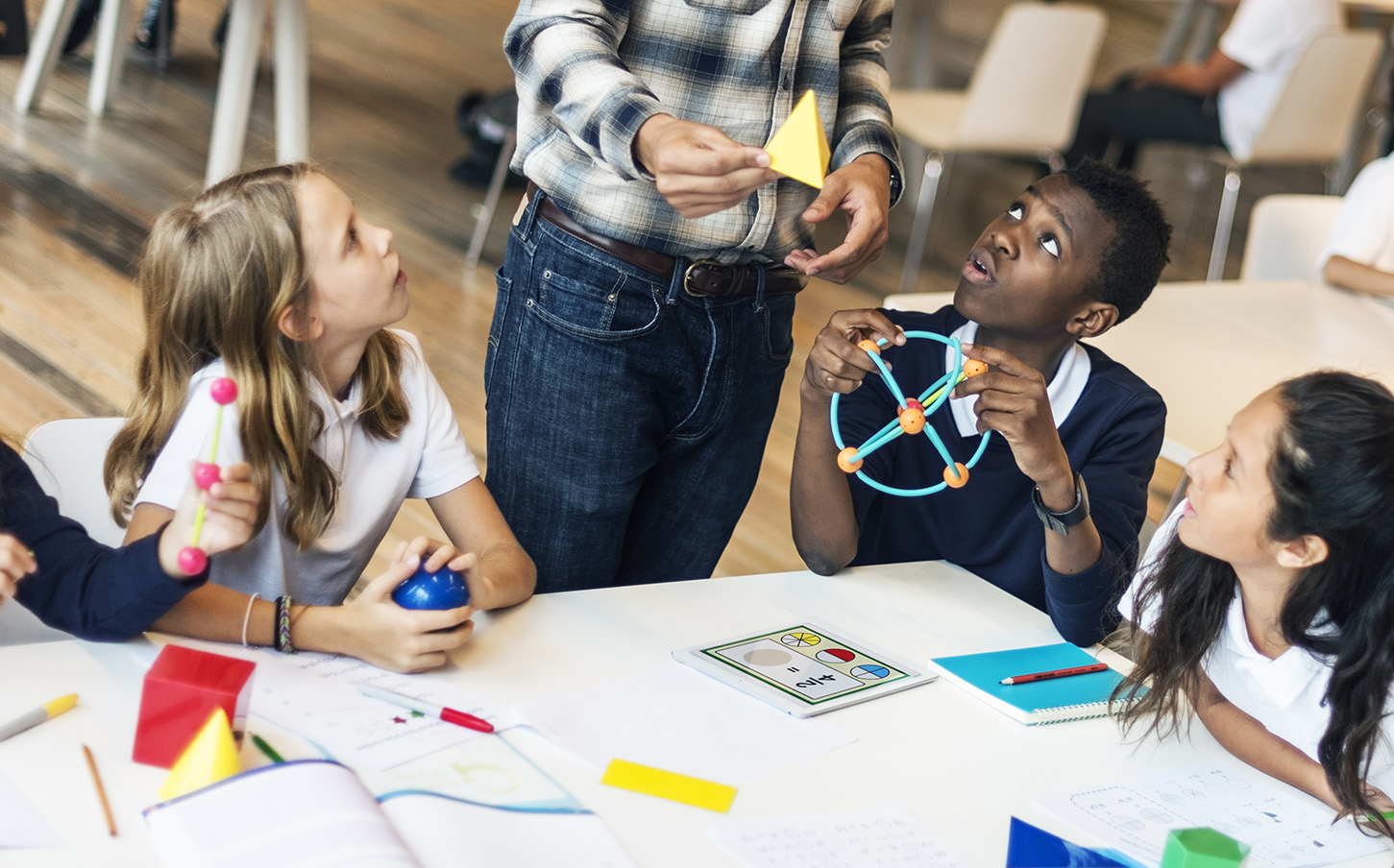
Learning Strategies – Pedagogy
I am a constructivist. One of the primary goals of using constructivist teaching is to teach students metacognitive strategies and help them become meta-learners. This is achieved by giving them the training to take initiative for their own learning experiences. In a constructivist classroom, the learner is actively involved. The environment is democratic, the activities are interactive and student-centered. Furthermore, the teacher facilitates the process of learning in which students are encouraged to be responsible for their own learning.
Catering for Diversity
Because people all learn differently and people are all at different stages of development we must differentiate the instructions and curriculum for each student. That means learning activities need to be taught and accessed using all learning types (Visual, Auditory, kinaesthetic). This ensures every student has the opportunity to access the lesson and demonstrate their understanding. Therefore, I plan
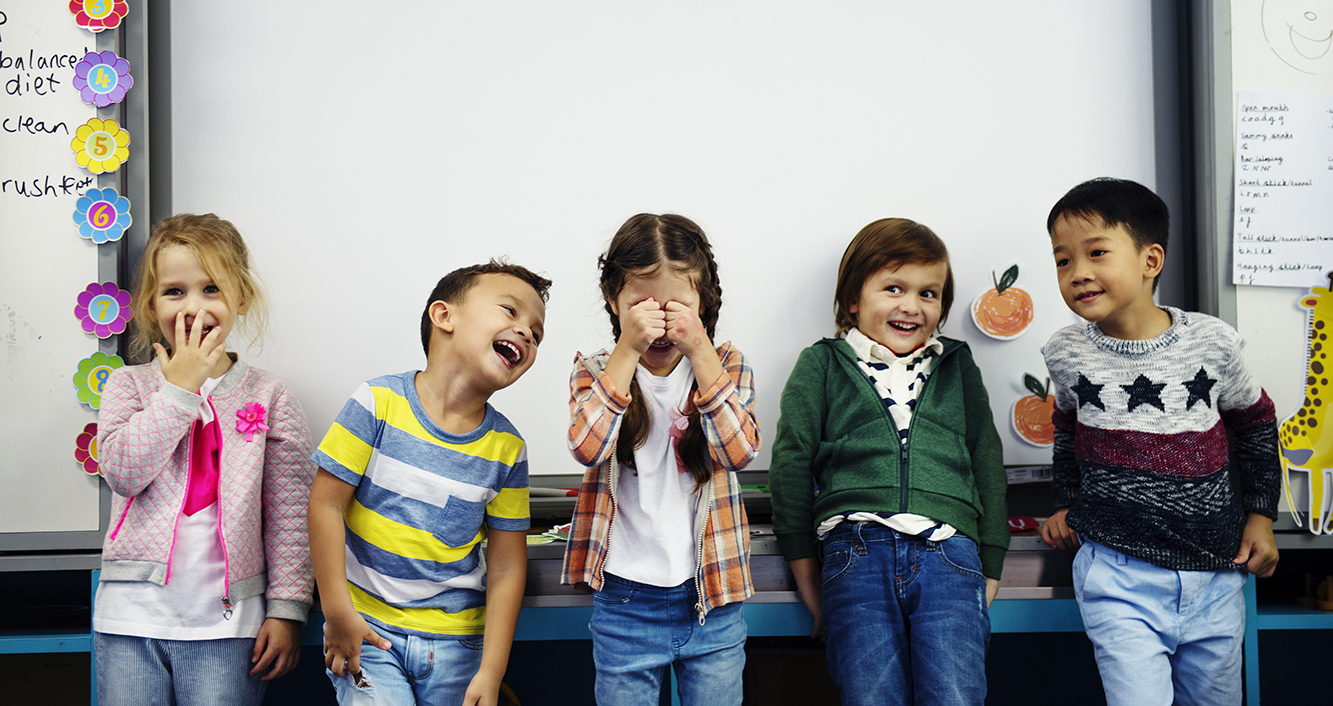
Assessment, Evaluation & Reporting
I believe there are five principles that underpin assessment:

Valid
Assessment should be valid. Validity means ensuring that assessment tasks effectively measure the student learning of the intended outcomes as they have been taught.

Fair
All assessments should be fair. They should be inclusive and equitable ensuring that tasks and procedures do not prevent any group or individual from demonstrating what they have

Explicit
Clear, accurate, consistent and timely information on assessment tasks and procedures should be made available to students, admin staff and caregivers.
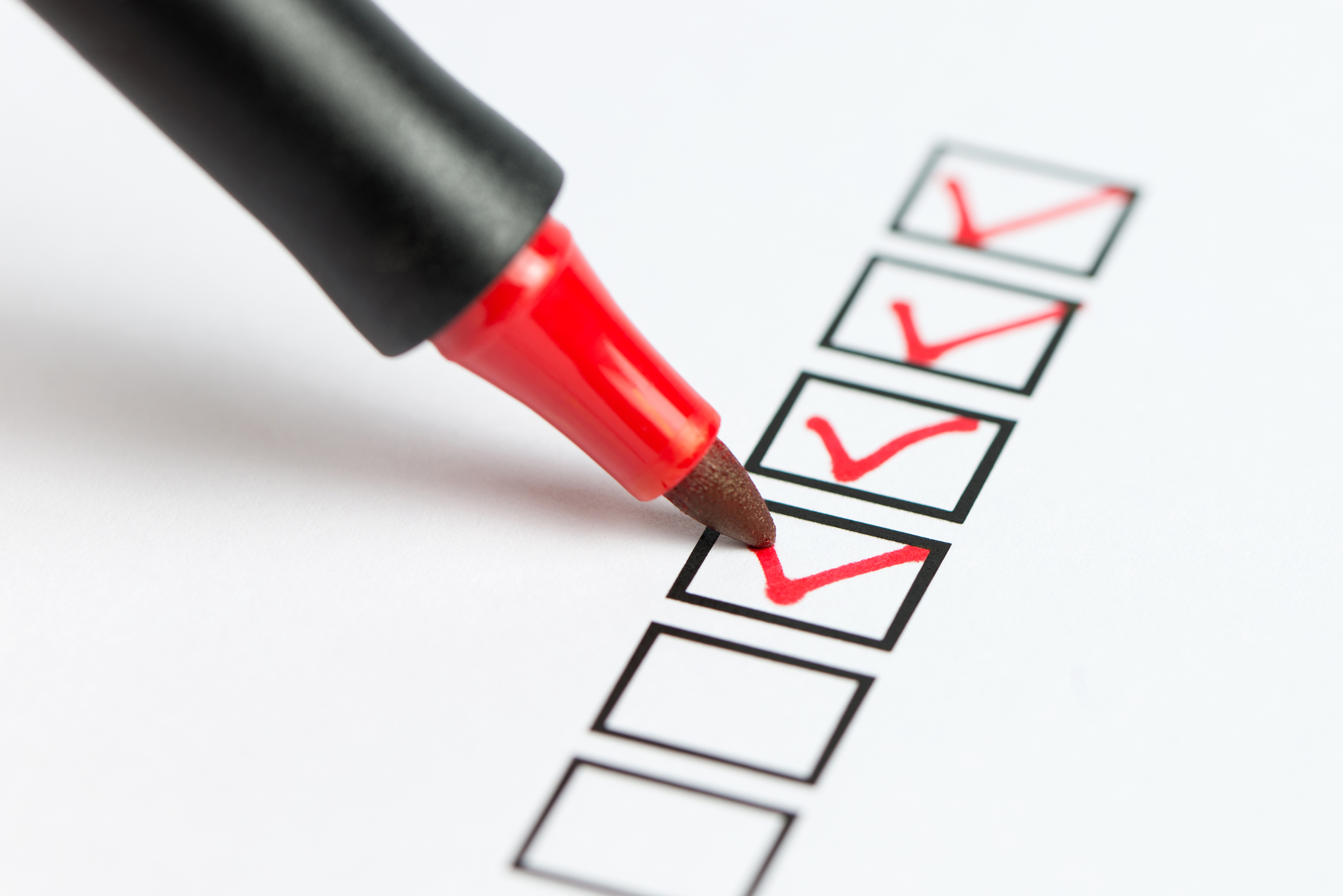
Comprehensive
Assessment should be based on multiple kinds of sources of evidence. This gives students the best opportunity to demonstrate their understanding. It also provides the teacher with more evidence to support their judgment of student achievement.
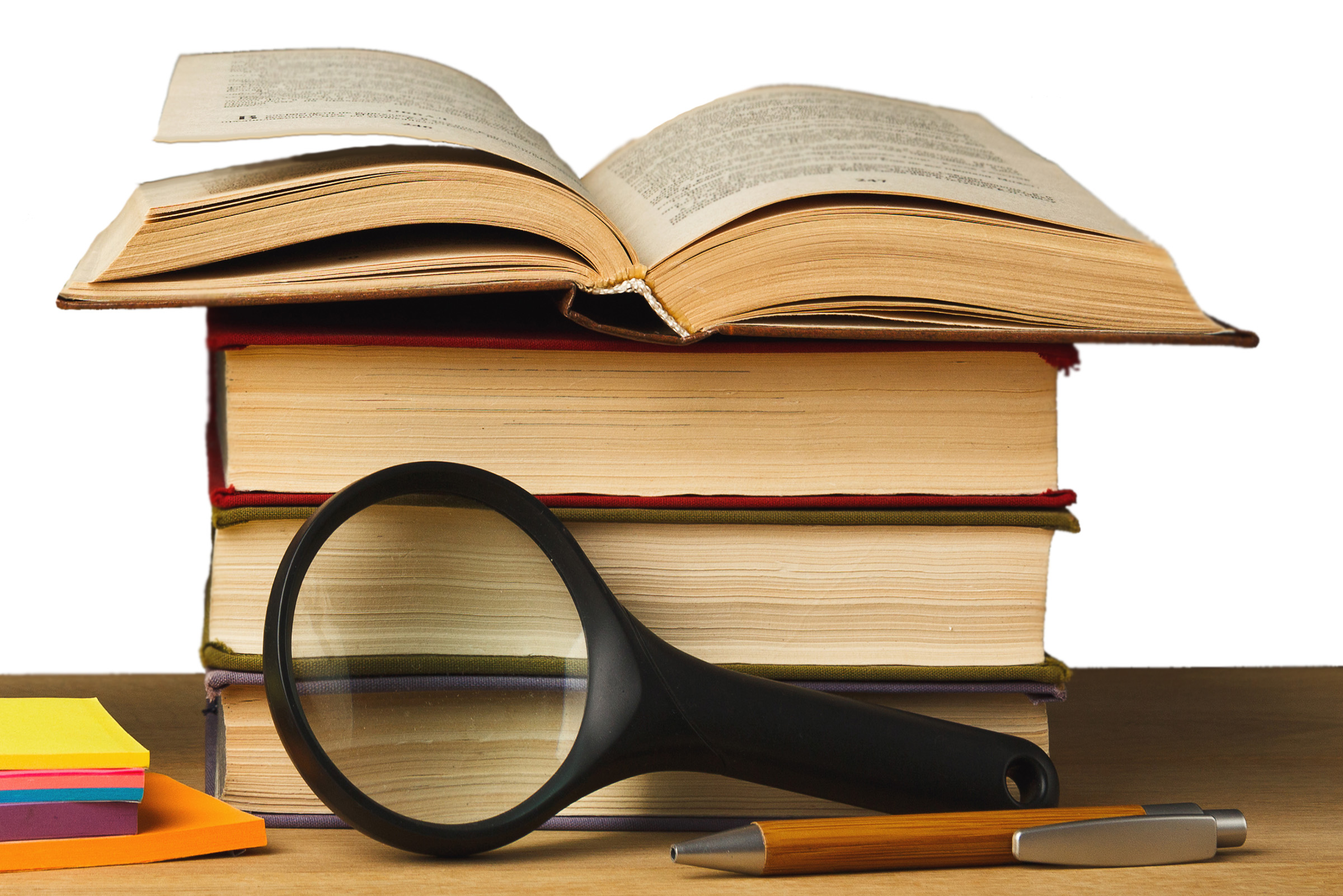
Educative
Assessment drives planning. Formative, diagnostic and summative assessment should be incorporated into programmes to assist teachers in being reflective and be of use for future planning.
